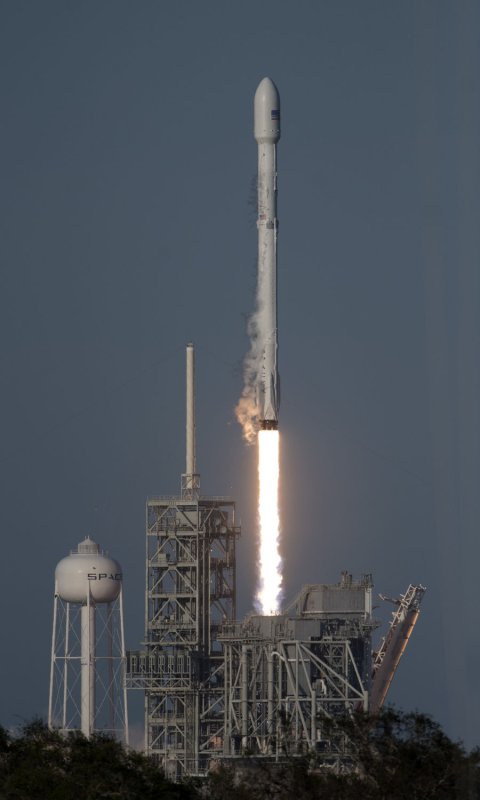March 30 (UPI) -- SpaceX launched a private communications satellite Thursday evening in what the company said is the first time an orbital space rocket has been used for multiple flights.
The launch occurred at Cape Canaveral, Fla., at precisely 6:30 p.m., which was at the start of its launch window.















